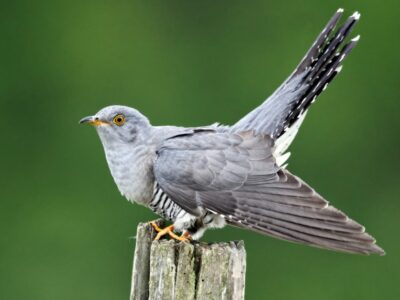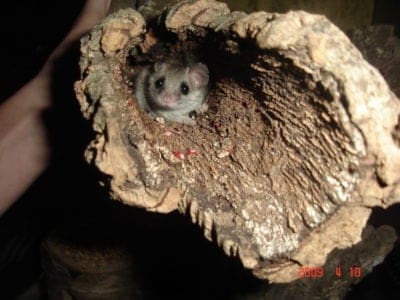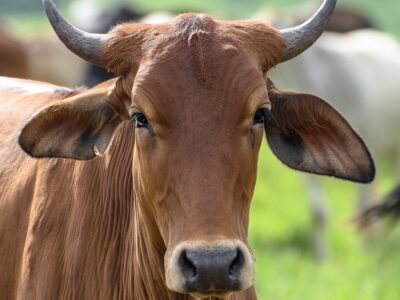Below you can find a complete list of Borneo animals. We currently track 186 animals in Malaysia (Northern Borneo) and are adding more every day!
Malaysia (Northern Borneo) is a country on a peninsula, located in Southeast Asia, just south of the Gulf of Thailand. It is a land of exotic rainforests, endangered animals, and also some dangerous wildlife. Some of the most unique Malayasian wildlife includes the Asian Elephant, the Borneo Pygmy Elephant, Clouded Leopard, the Sun Bear, the Malayan Tiger, the King Cobra, the Malayan Civet, and the Lunar Moth. Several of these unique species are endangered and a few others might soon be extinct.
The Official National Animal of Malaysia (Northern Borneo)
The Malaysian National Animal is the Malayan Tiger. This unique and somewhat dangerous creature’s technical scientific name is Panthera tigris jacksoni, but the Malaysian national name for this tiger is listed as the “Panthera tigris mayalensis.” The Malayan Tiger is only found in southern Thailand and parts of Malaysia. This rainforest animal is critically endangered and at risk of becoming extinct if not protected.
Where To Find The Top Wild Animals in Malaysia (Northern Borneo)
Much of the wildlife in Malaysia can most easily be found in its national parks, such as the Taman Negara National Park and various nature preserves, like the Danum Valley Conservation Area, where you can see many rainforest animals.
The Most Dangerous Animals In Malaysia (Northern Borneo) Today
Snakes are easily the most dangerous animals living in Malaysia, but other exotic wildlife makes the list too. The most dangerous exotic animals in Malaysia and the Borneo rainforest include:
- King Cobras,
- Mangrove Pit Vipers
- Reticulated Pythons
- Sumatran Cobras
- Saltwater Crocodiles
- Big cats, including the Clouded Leopard, Malayan Tiger, and Black Leopard.
Endangered Animals In Malaysia (Northern Borneo)
Several of the animals that live in the Malaysian rainforest and elsewhere in northern Borneo are endangered. This includes:
- The Borneo Pygmy Elephant
- The Malayan Tiger
- Orangutans
- The Black Shrew, which is so endangered that it might already be extinct, as only one specimen has ever been found.
Borneo Animals
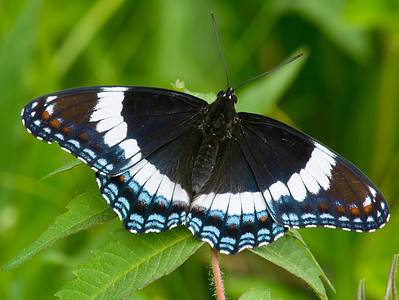
Admiral Butterfly
Stunningly beautiful wings
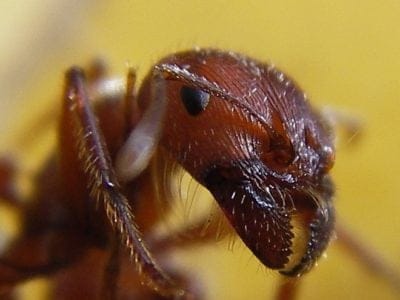
Ant
First evolved 100 million years ago!
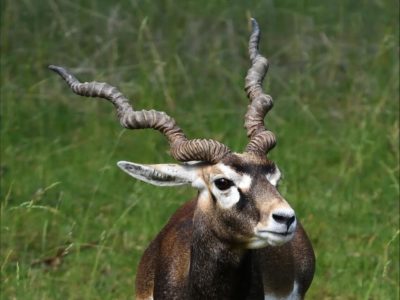
Antelope
Renew their horns every year!
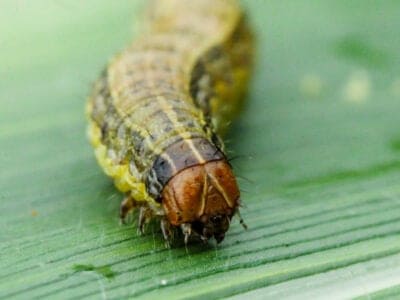
Armyworm
They are so named because they "march" in armies of worms from one crop to another in search of food
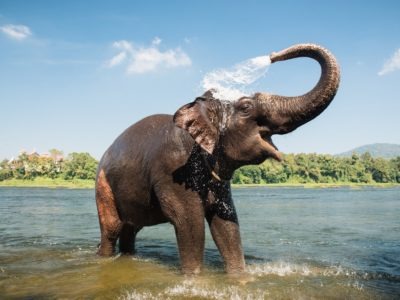
Asian Elephant
Domesticated for hundreds of years!
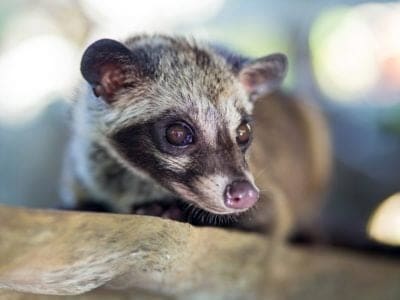
Asian Palm Civet
It mainly eats mangos and coffee!
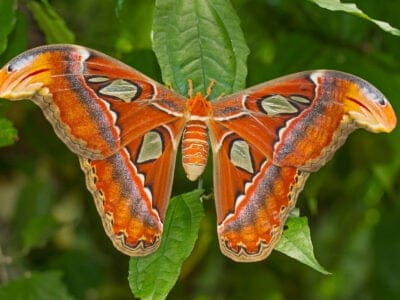
Atlas Moth
Adult atlas moths do not eat - they live off fat they stored as larvae.
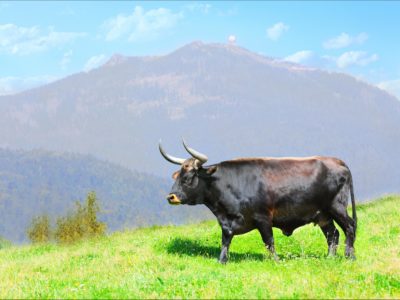
Aurochs
Extinct ancestor of all domesticated cattle!
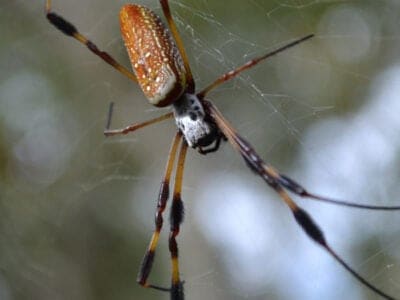
Banana Spider
People spin clothing and fishing nets out of these spiders’ silk.
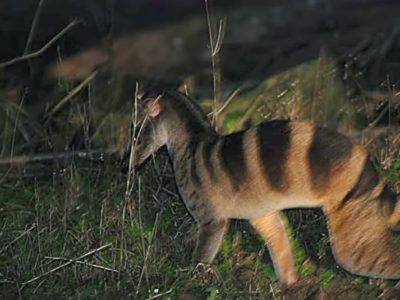
Banded Palm Civet
Markings give it camouflage!
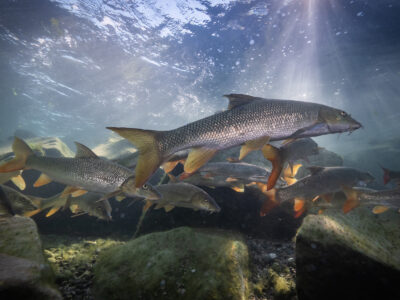
Barb
There are over 1768 known species!
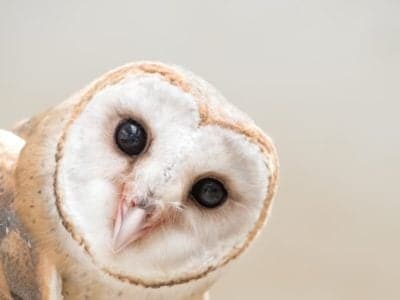
Barn Owl
Found everywhere around the world!
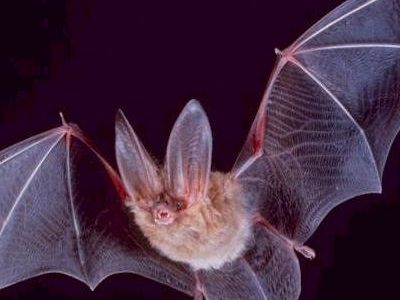
Bat
Detects prey using echolocation!
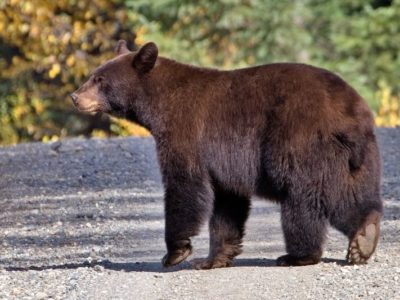
Bear
There are 8 different species!
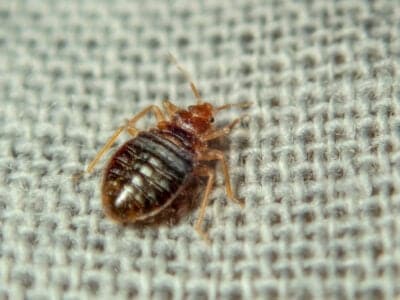
Bed Bugs
Bed bugs feed for 4-12 minutes.
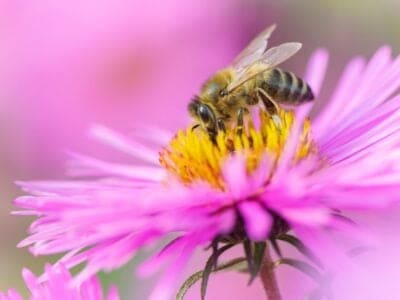
Bee
Rock paintings of bees date back 15,000 years
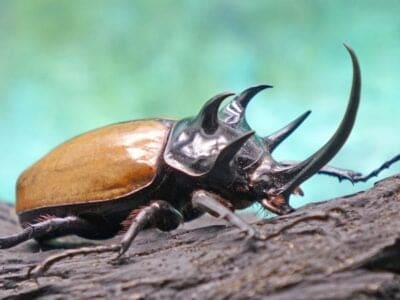
Beetle
There are more than 350,000 different species
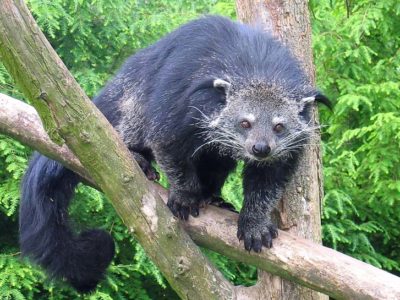
Binturong
Also known as the Asian Bearcat!

Bird
Not all birds are able to fly!
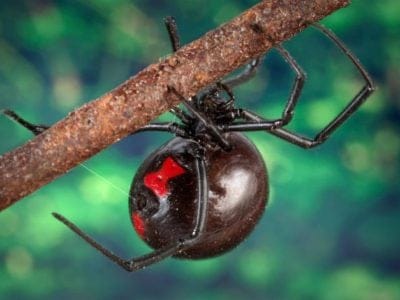
Black Widow Spider
They typically prey on insects!
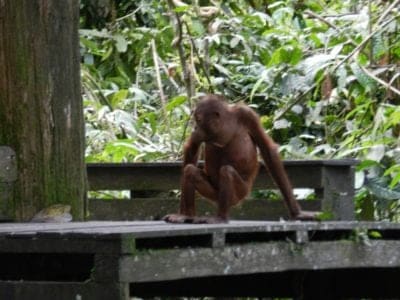
Bornean Orangutan
Known to use large leaves as umbrellas!
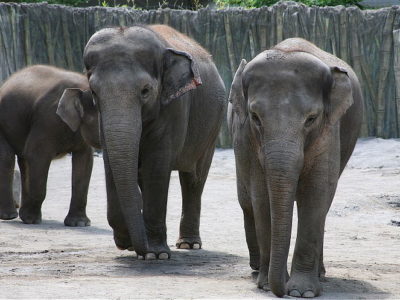
Borneo Elephant
The smallest species of elephant!
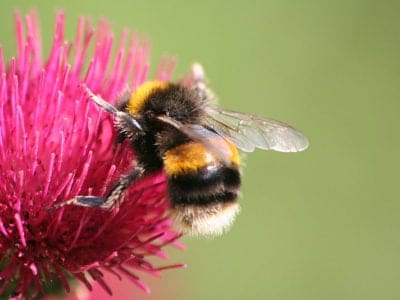
Bumblebee
The most common species of bee!
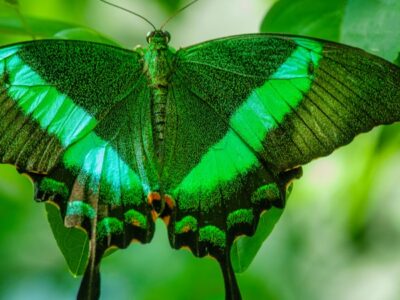
Butterfly
There are thought to be up 17,500 species!
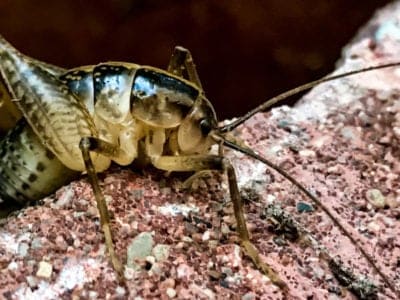
Camel Cricket
The camel crickets that are found in the USA are light brown in color. They also have dark streaks all over their body.

Cat
May have been domesticated up to 10,000 years ago.
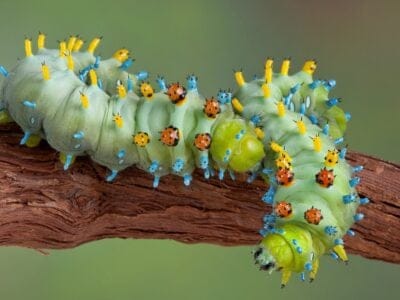
Caterpillar
The larvae of a moth or butterfly!
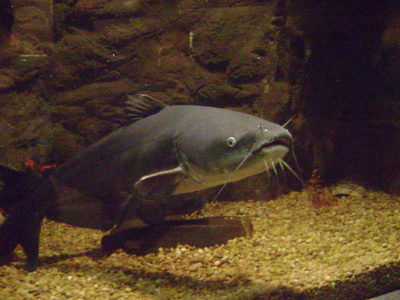
Catfish
There are nearly 3,000 different species!
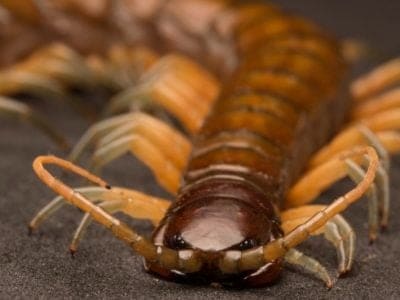
Centipede
There are about 3,000 documented species!
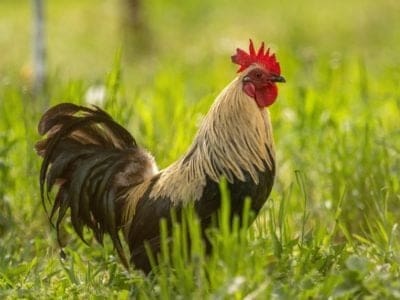
Chicken
First domesticated more than 10,000 years ago!
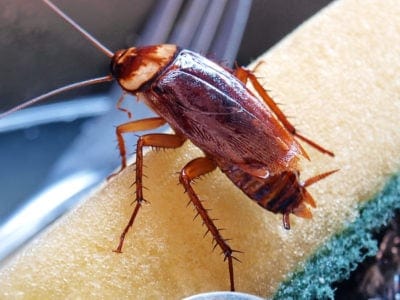
Cockroach
Dated to be around 300 million years old!
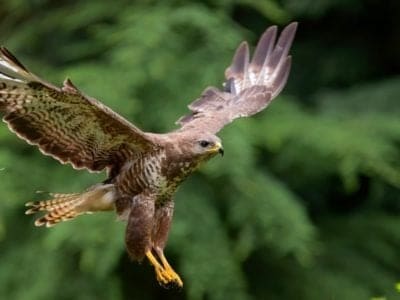
Common Buzzard
The most common raptor in the UK!
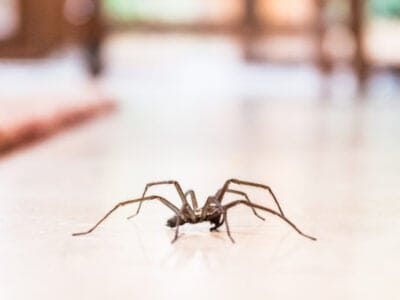
Common House Spider
House spiders have the ability to eat most insects in a home.
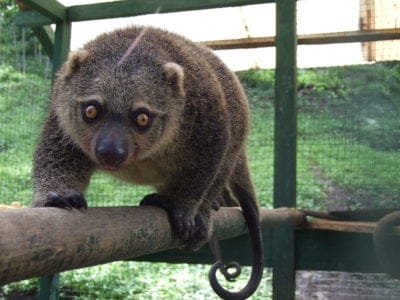
Common Spotted Cuscus
Has a long, strong prehensile tail!
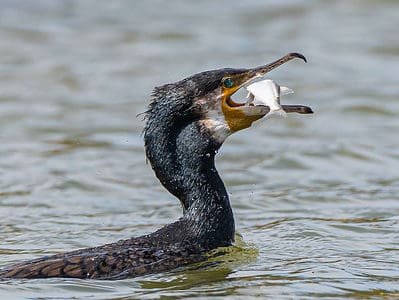
Cormorant
They can fly 35 mph and dive 150 feet below water.
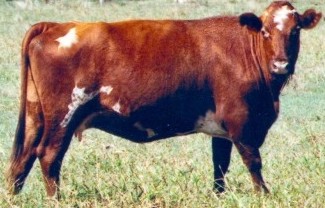
Cow
There are nearly 1.5 billion worldwide!
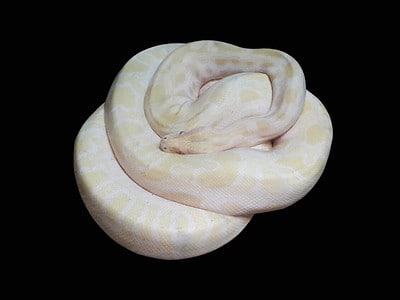
Cow Reticulated Python
Cow reticulated pythons hatch solid white, then develop spots as they mature.

Crab
There are 93 different crab groups
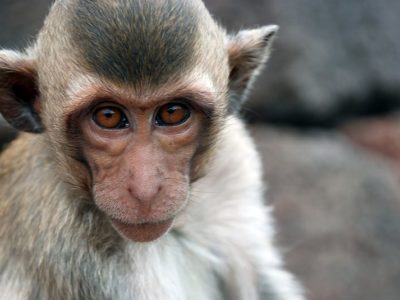
Crab-Eating Macaque
Found throughout the South-East Asian jungles!
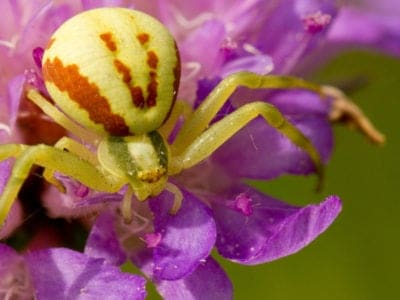
Crab Spider
Crab Spiders can mimic ants or bird droppings
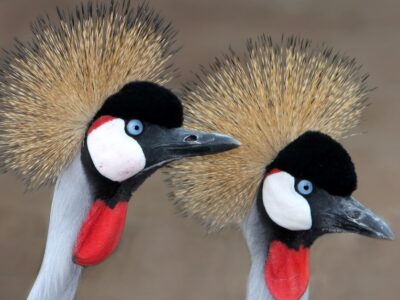
Crane
Many are critically endangered species!
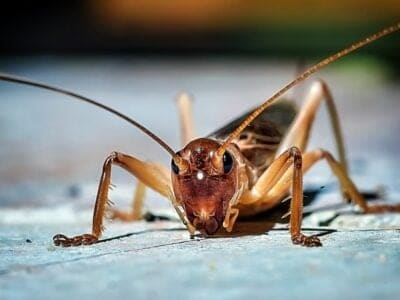
Cricket
Male crickets can produce sounds by rubbing their wings together
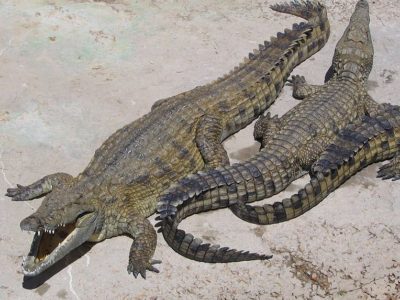
Crocodile
Have changed little in 200 million years!
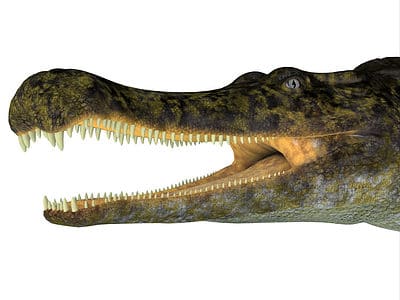
Crocodylomorph
Crocodylomorphs include extinct ancient species as well as 26 living species today.
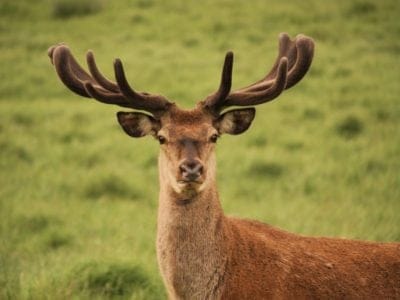
Deer
There are around 40 different species!

Dog
First domesticated in South-East Asia!
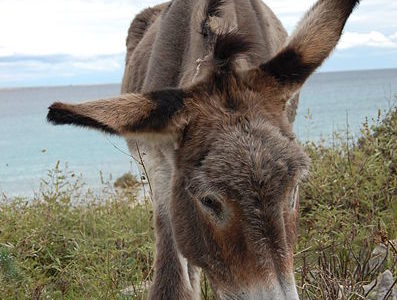
Donkey
First domesticated 5,000 years ago!
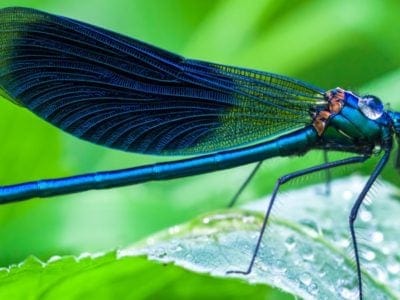
Dragonfly
It's larvae are carnivorous!
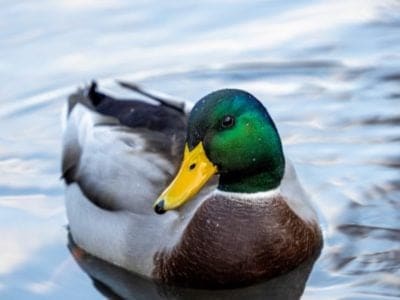
Duck
Rows of tiny plates line their teeth!
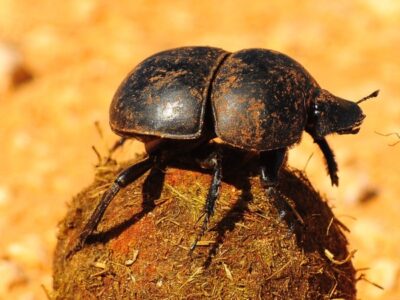
Dung Beetle
The dung beetle can push objects many times its own weight
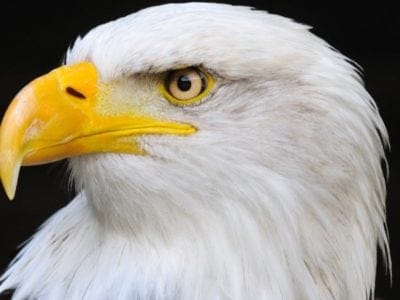
Eagle
Has exceptional eyesight!
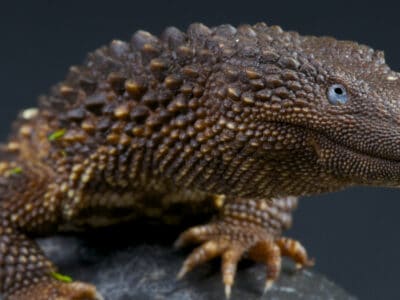
Earless Monitor Lizard
These lizards can practically shut down their metabolism and appear comatose for long periods.
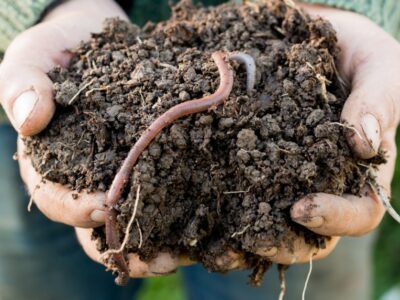
Earthworm
They are hermaphrodites, which means they have male and female organs
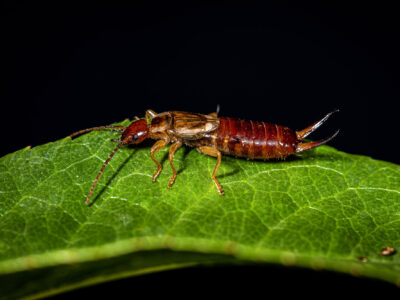
Earwig
There are nearly 2,000 different species!

Eel
Eels can be a mere few inches long to 13 feet!
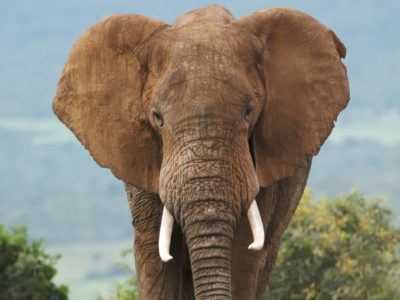
Elephant
Spends around 22 hours a day eating!
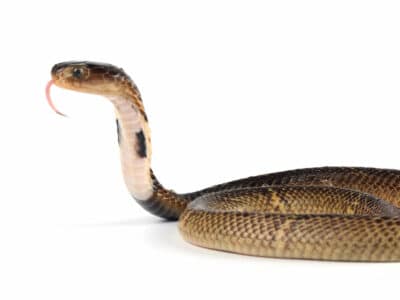
Equatorial Spitting Cobra
Its hood is actually made of many elongated ribs.
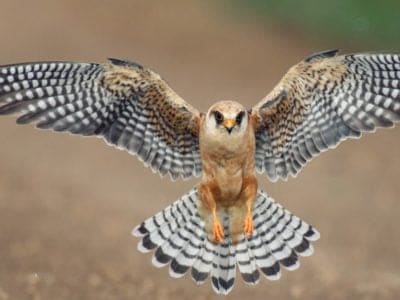
Falcon
The fastest creatures on the planet!
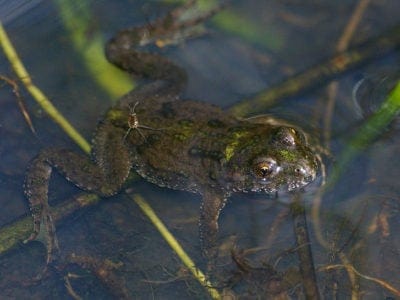
Fire-Bellied Toad
Found across mainland Europe and Asia!
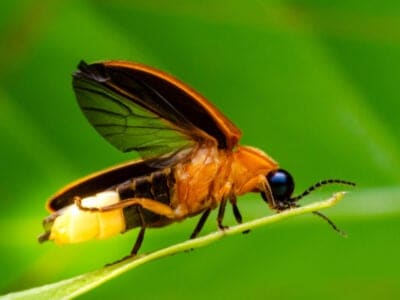
Firefly
The firefly produces some of the most efficient light in the world
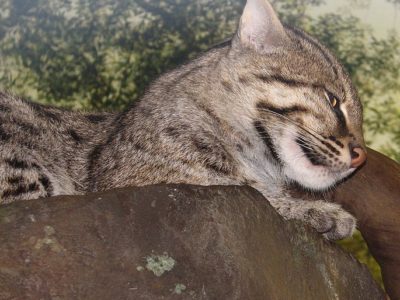
Fishing Cat
Scoops fish out of the water using it's paw!

Flea
Adult fleas can jump up to 7 inches in the air

Fly
There are more than 240,000 different species!
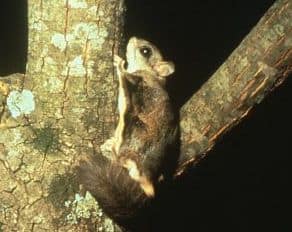
Flying Squirrel
Can glide up to 90 meters!
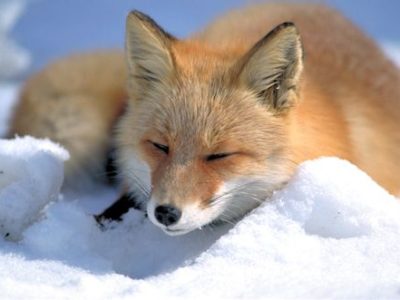
Fox
Only 12 species are considered "true foxes"
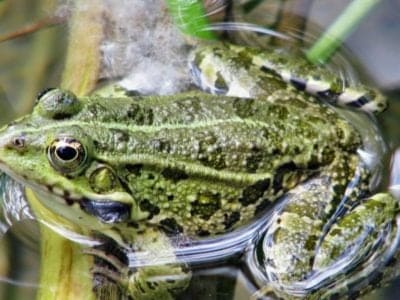
Frog
There are around 7,000 different species!

Fruit Fly
Fruit flies are among the most common research animals in the world
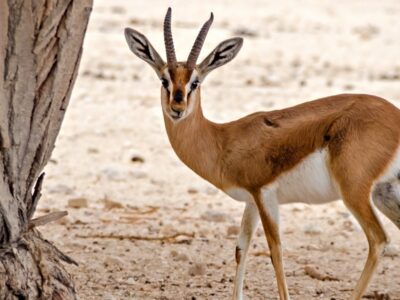
Gazelle
Named for the Arabic word for love poems
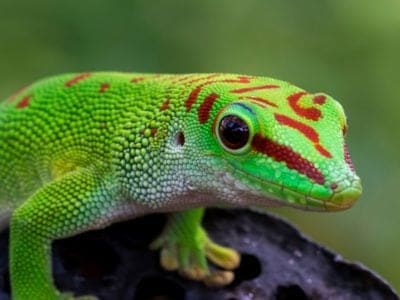
Gecko
There are thought to be over 2,000 species!
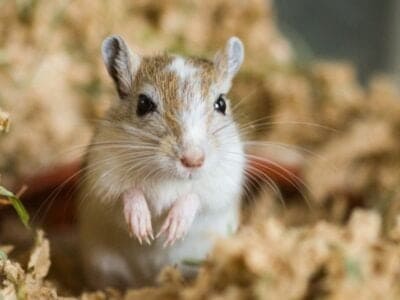
Gerbil
Originally known as the Desert Rat!
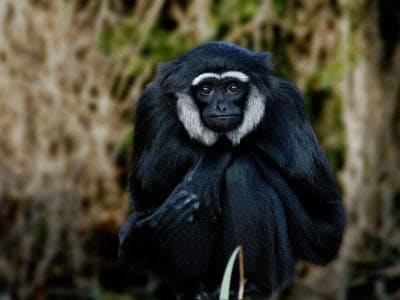
Gibbon
Found in dense jungles and tropical forests!
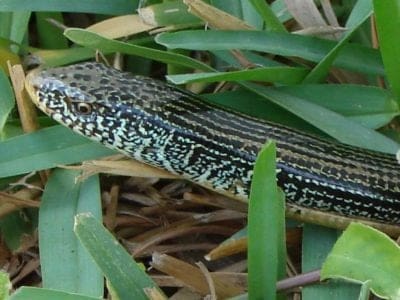
Glass Lizard
Can grow up to 4ft long!
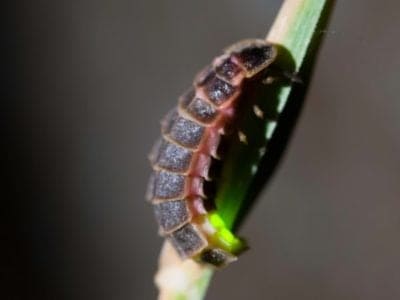
Glowworm
Found inhabiting dense woodland and caves!
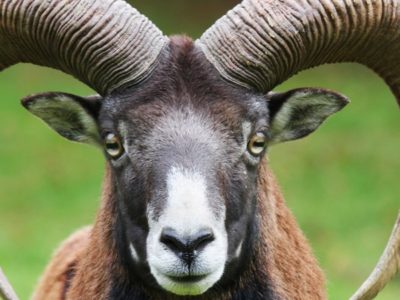
Goat
Most closely related to the Sheep!
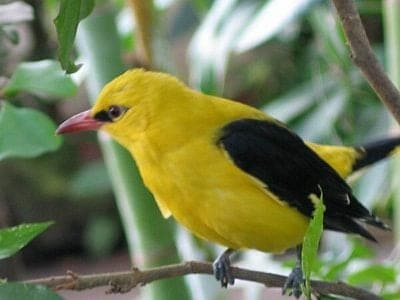
Golden Oriole
Migrates between Europe and Asia!
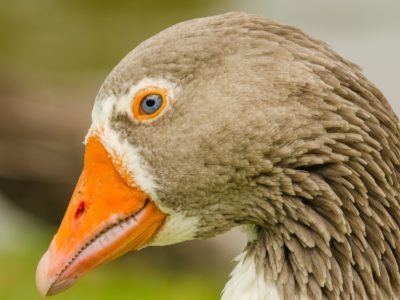
Goose
There are 29 different species!
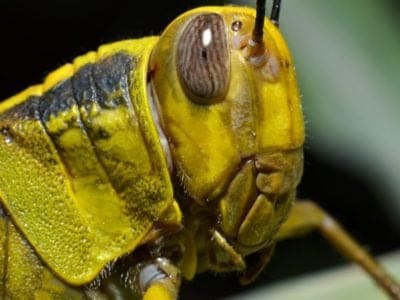
Grasshopper
There are 11,000 known species!
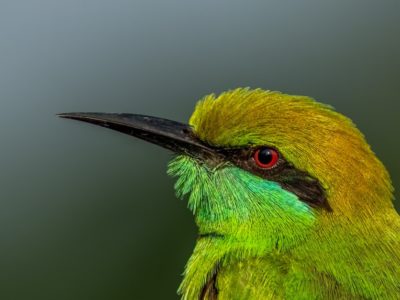
Green Bee-Eater
Mainly eats honeybees!
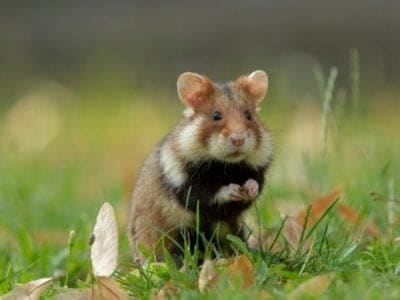
Hamster
Able to run as quickly backwards as forwards!
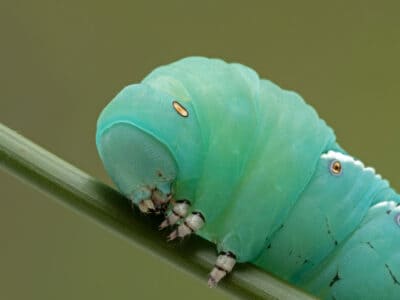
Hawk Moth Caterpillar
Many hawk moth caterpillars eat toxins from plants, but don’t sequester them the way milkweed butterflies do. Most toxins are excreted.
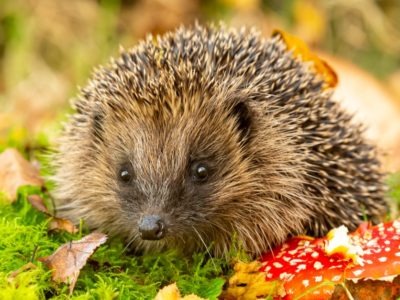
Hedgehog
Thought to be one of the oldest mammals on Earth!
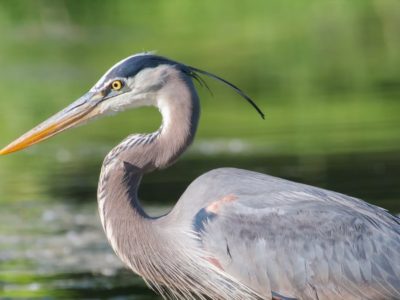
Heron
Inhabits wetlands around the world!
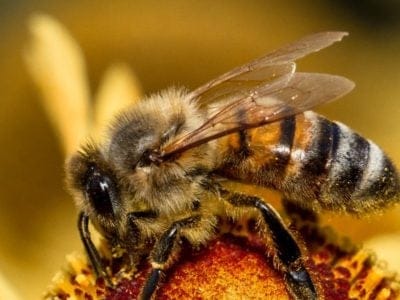
Honey Bee
There are only 8 recognized species!
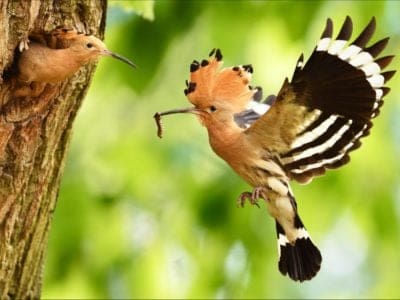
Hoopoe
Stunning bird with a stinky way to deter predators!

Horse
Has evolved over 50 million years!
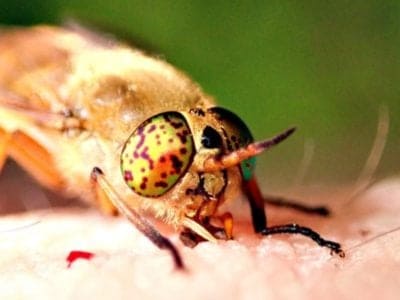
Horsefly
Horseflies have been seen performing Immelmann turns, much like fighter jets.
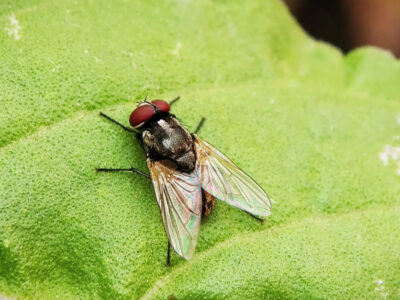
Housefly
The fly has no teeth

Human
Thought to have orignated 200,000 years ago!
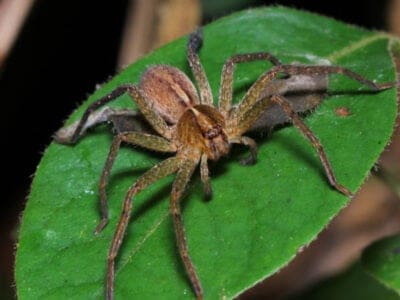
Huntsman Spider
Some huntsman spiders have an interesting way of moving around. Some cartwheel while others do handsprings or backflips.
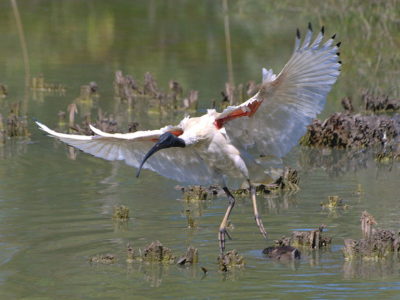
Ibis
Found in swamps, marshes and wetlands!

Insects
There are an estimated 30 million species!
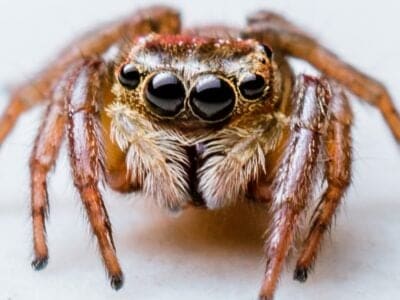
Jumping Spider
Some can jump 50 times the length of their bodies
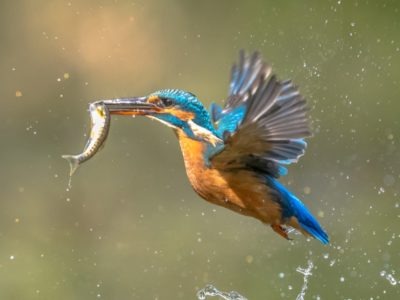
Kingfisher
Inhabits wetlands and woodlands worldwide!
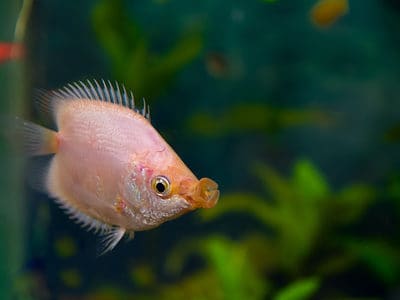
Kissing Gourami
The kissing gesture that the kissing gourami displays is not a mating gesture
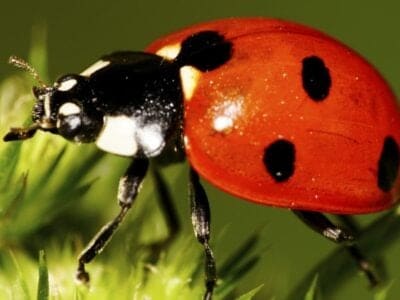
Ladybug
There are more than 5,000 species worldwide!
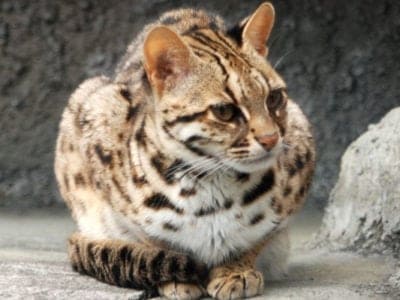
Leopard Cat
There are 11 different species!

Liger
The offspring of a lion and tiger parents!
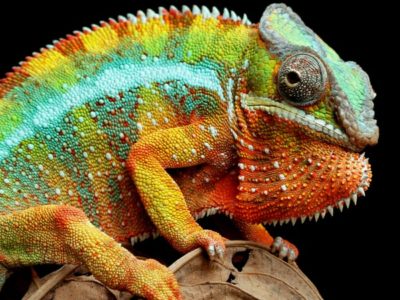
Lizard
There are around 5,000 different species!
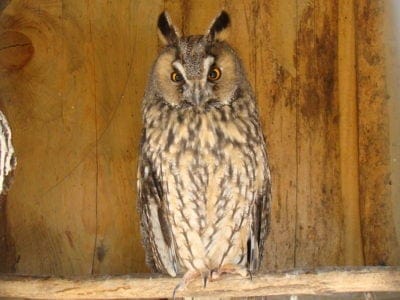
Long-Eared Owl
Ear tufts make it look bigger!
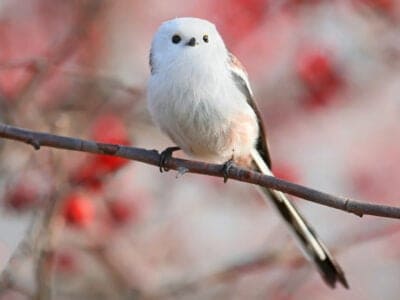
Long-Tailed Tit
Often hangs upside down while feeding!
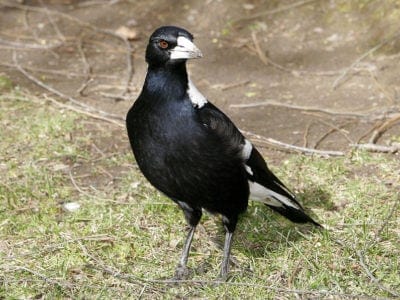
Magpie
They are found across Europe, Asia and Africa!
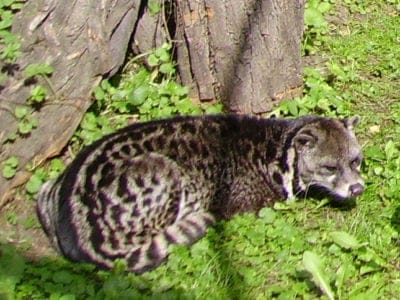
Malayan Civet
Also known as the Oriental Civet!
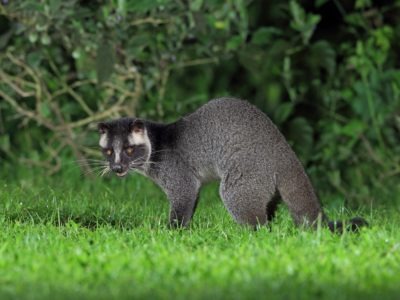
Masked Palm Civet
Found throughout Asia, India and China!
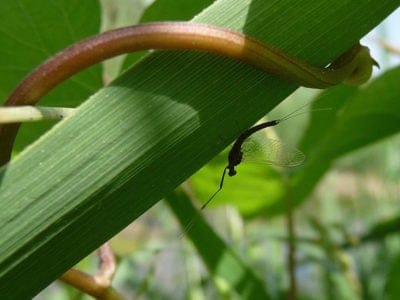
Mayfly
There are 2,500 known species worldwide!

Mealybug
They have a symbiotic relationship with ants.
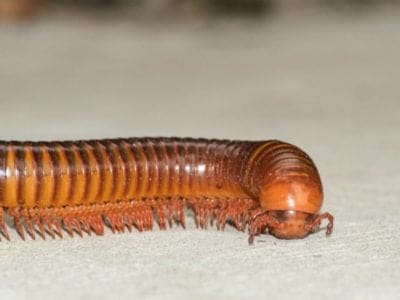
Millipede
Some species have a poisonous bite!
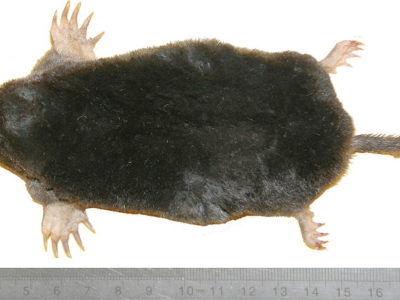
Mole
Primarily hunts and feeds on Earthworms!
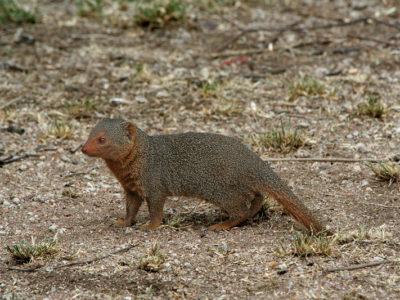
Mongoose
Range in size from just 1 to 3 foot!

Mongrel
Has characteristics of two or more breeds!
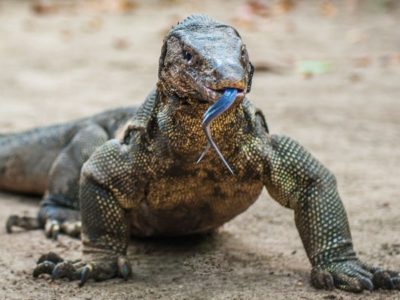
Monitor Lizard
Some species are thought to carry a weak venom!
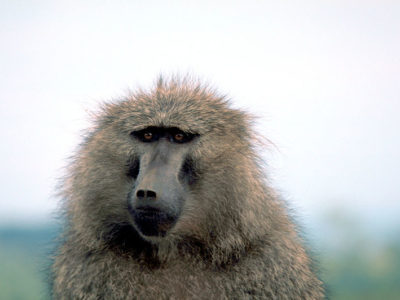
Monkey
There are around 260 known species!
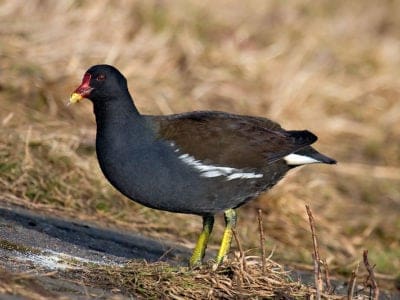
Moorhen
Feeds on aquatic insects and water-spiders!
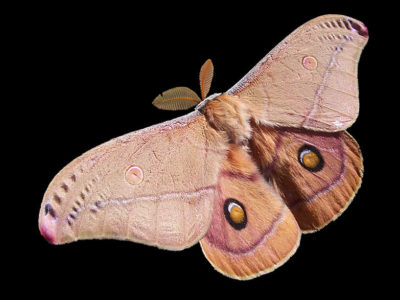
Moth
There are 250,000 different species!
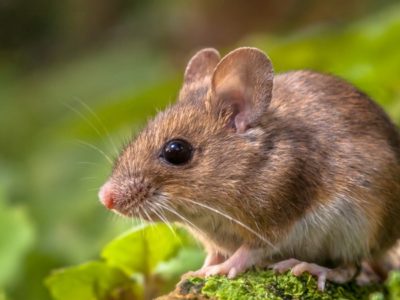
Mouse
Found on every continent on Earth!

Mule
The offspring of a horse and donkey parents!

Neanderthal
Roamed Asia and Europe for around 100,000 years!

Nematode
Nematodes range in size from 1/10 of an inch to 28 feet long
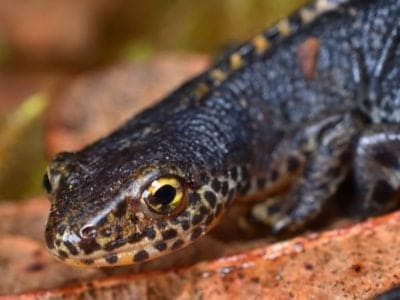
Newt
Able to regrow lost or damaged limbs!
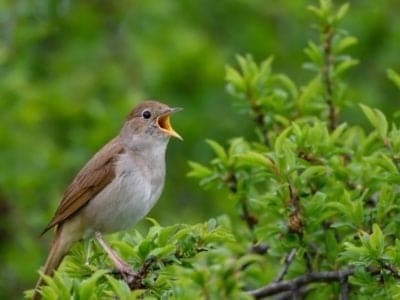
Nightingale
Named more than 1,000 years ago!

Orb Weaver
Females are about four times the size of males

Otter
There are 13 different species worldwide

Owl
The owl can rotate its head some 270 degrees
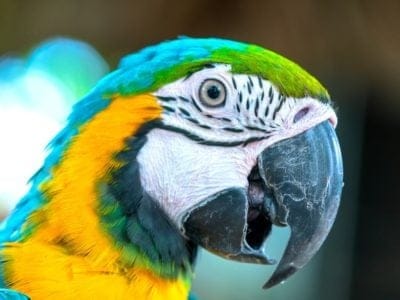
Parrot
Can live for up to 100 years!
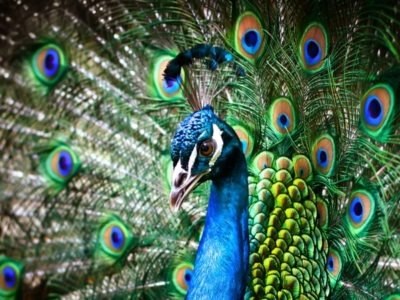
Peacock
Most commonly found on the Indian mainland!
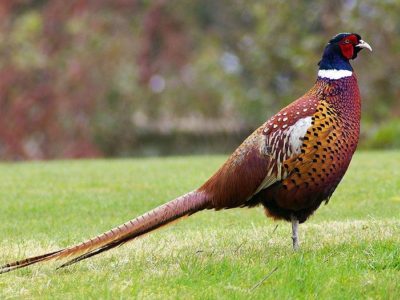
Pheasant
Females lay between 8 and 12 eggs per clutch!
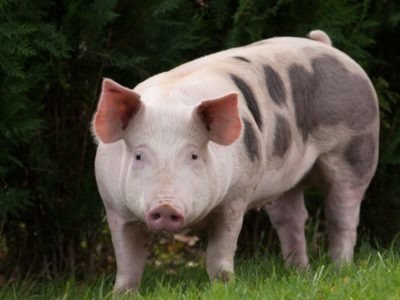
Pig
Thought to have been domesticated in 9,000 BC!
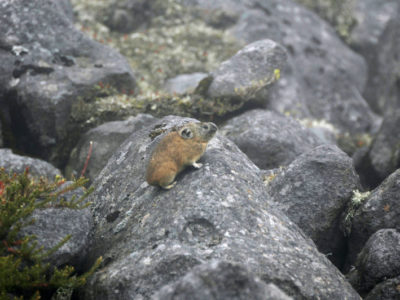
Pika
Found in mountainous regions and rocky areas
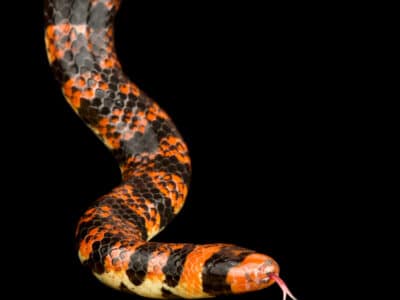
Pipe Snake
Some of these snakes flatten their neck and raise their heads to imitate cobras if they’re threatened.
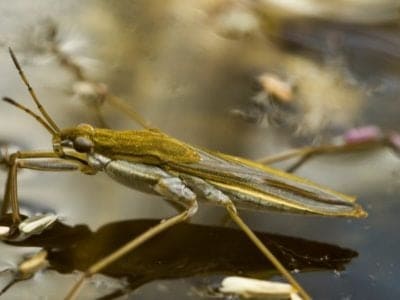
Pond Skater
There are 500 different species!
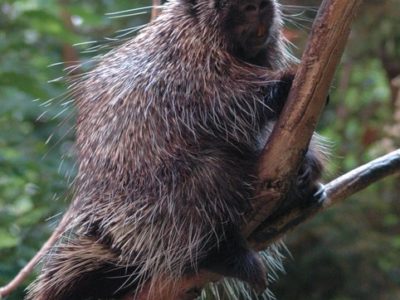
Porcupine
There are 30 different species worldwide!
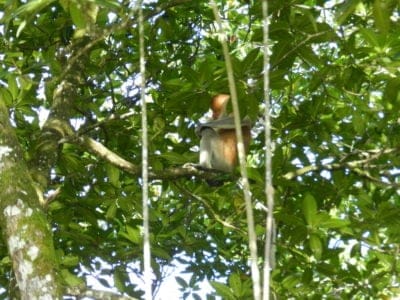
Proboscis Monkey
Natively found on the island of Borneo!
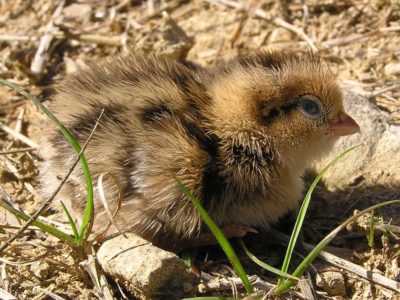
Quail
Inhabits woodland and forest areas worldwide!
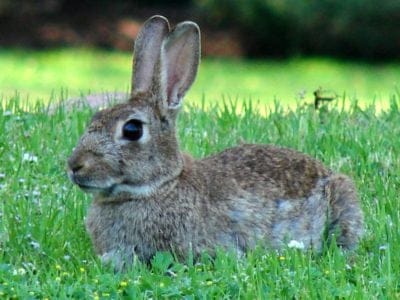
Rabbit
There are more than 300 different species!
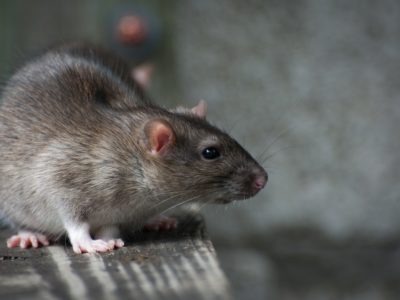
Rat
Omnivores that eat anything!
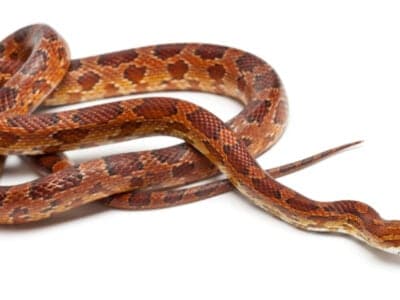
Rat Snakes
Rat snakes are constrictors from the Colubridae family of snakes.
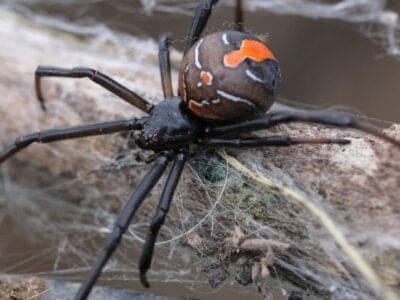
Redback Spider
The redback spiders found in New Caledonia differ from other populations in that they don’t practice sexual cannibalism and don’t bite people as much.
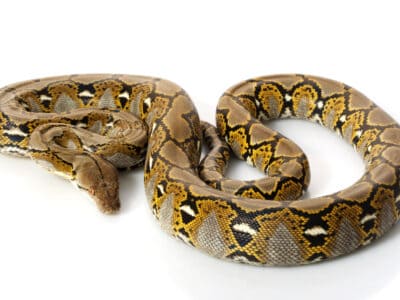
Reticulated python
These popular pets can get big enough to kill their owner.
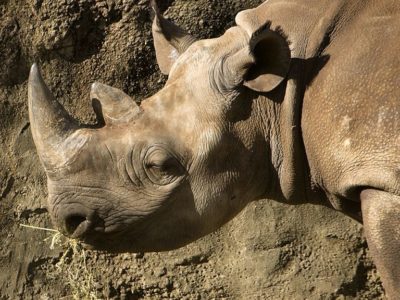
Rhinoceros
It's horns are made from keratin!
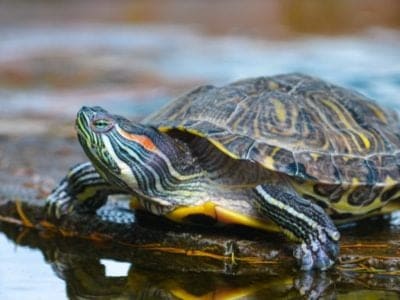
River Turtle
Inhabits freshwater habitats around the world!
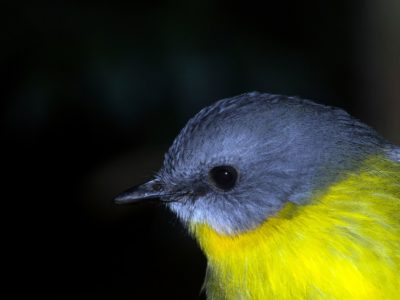
Robin
There are more than 45 species in Australia alone!
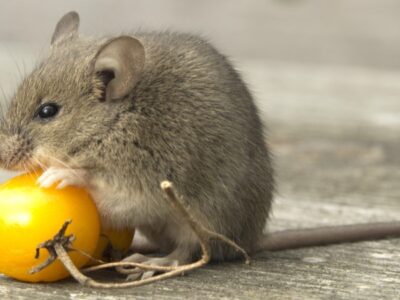
Rodents
The capybara, the world’s largest rodent, likes to be in and around bodies of water. Because of this, the Catholic Church in South America decided that it was a fish, and people were allowed to eat it during Lent and First Fridays.

Rooster
Will mate with the entire flock!
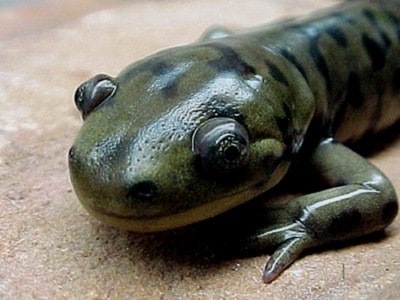
Salamander
There are more than 700 different species!
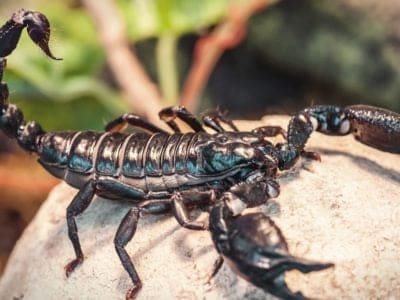
Scorpion
There are around 2,000 known species!
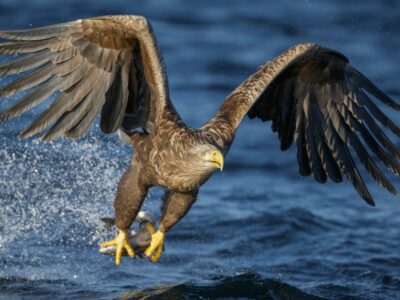
Sea Eagle
The sea eagle tends to mate for life with a single partner
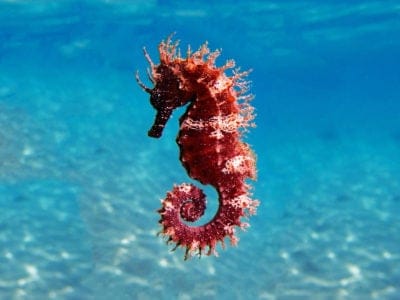
Seahorse
Males give birth to up to 1,000 offspring!
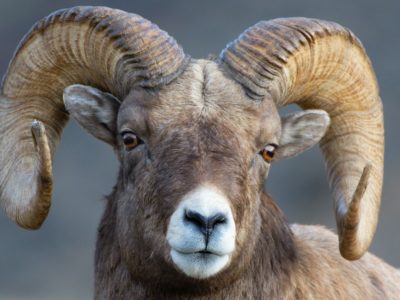
Sheep
Around 35 million in the English countryside!

Shrimp
There are 2,000 different species worldwide!
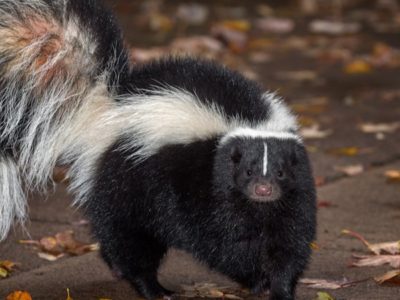
Skunk
Also known as the Polecat!
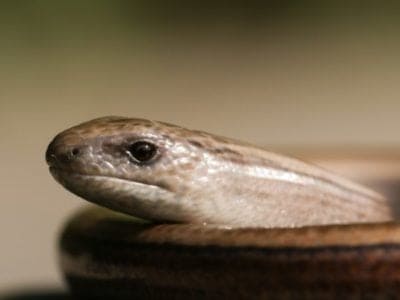
Slow Worm
Found widely throughout British gardens!

Smokybrown Cockroach
Has up to 45 eggs per egg case

Snail
There are nearly 1,000 different species!
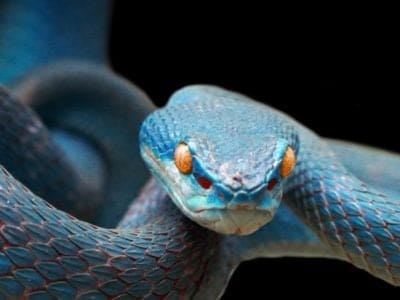
Snake
There are around 4,000 known species worldwide
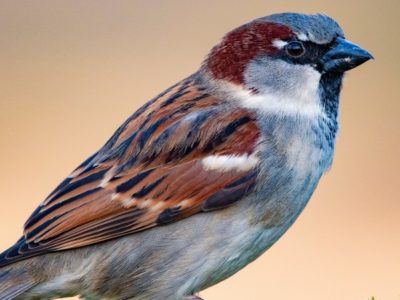
Sparrow
There are 140 different species!
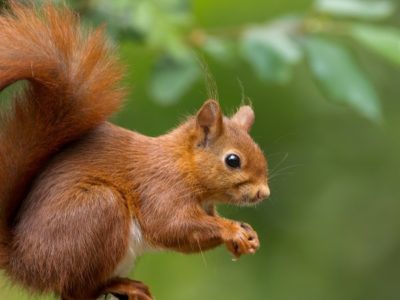
Squirrel
Small rodents found in woodlands worldwide!
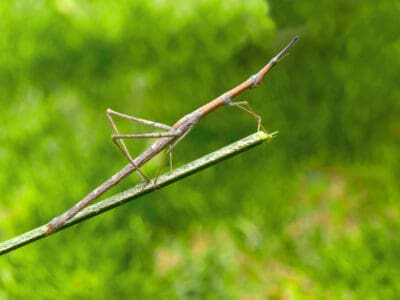
Stick Insect
There are more than 3,000 different species!
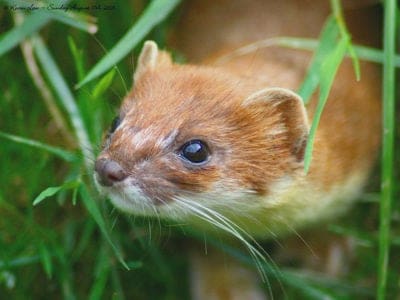
Stoat
Average adults weigh about 200 grams!
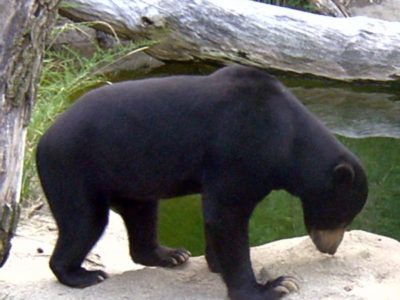
Sun Bear
The smallest species of bear in the world!
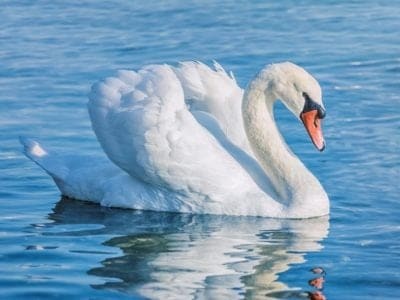
Swan
Populations have been affected by pollution!
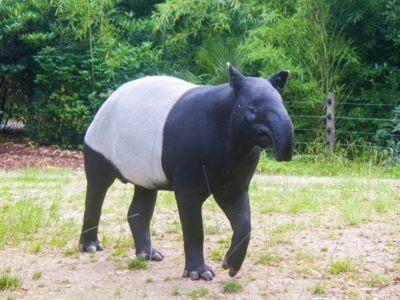
Tapir
Most closely related to horses and rhinos!
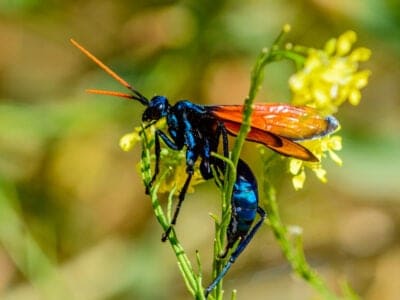
Tarantula Hawk
Tarantula hawks are excellent pollinators, especially for milkweed.
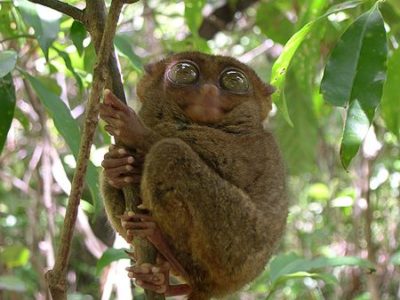
Tarsier
Each eye weighs more than their whole brain!

Termite
Their mounds can be up to 9 meters tall!
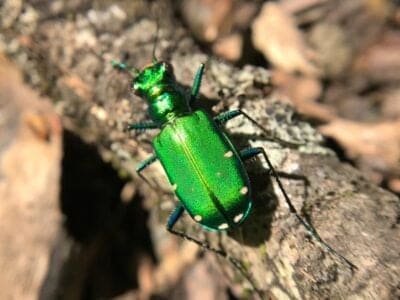
Tiger Beetle
The adult tiger beetle is one of the fastest land insects in the world
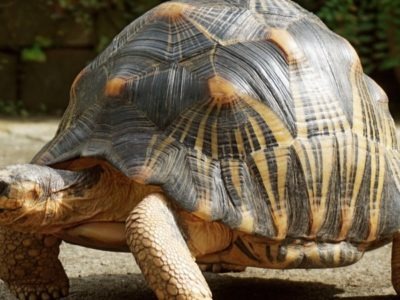
Tortoise
Can live until they are more than 150 years old!
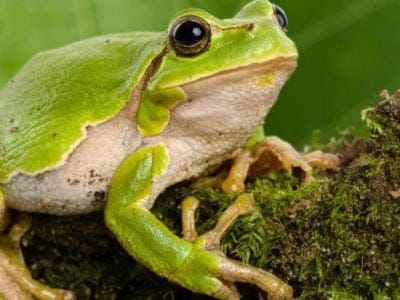
Tree Frog
Found in warmer jungles and forests!

Turtles
Some species of aquatic turtles can get up to 70 percent of their oxygen through their butt.
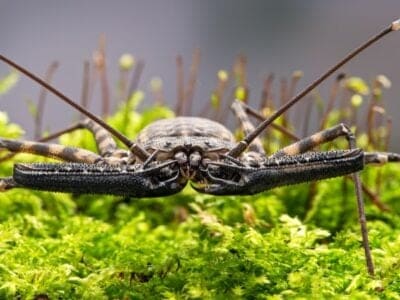
Vinegaroon
Vinegaroons can spray 19 times before the glands are depleted
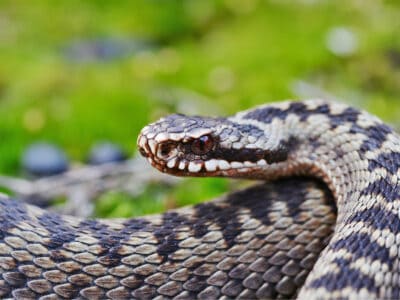
Viper
Vipers are one of the most widespread groups of snakes and inhabit most
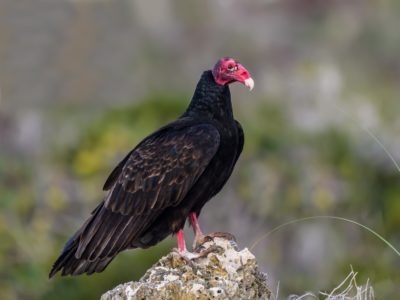
Vulture
There are 30 different species worldwide!
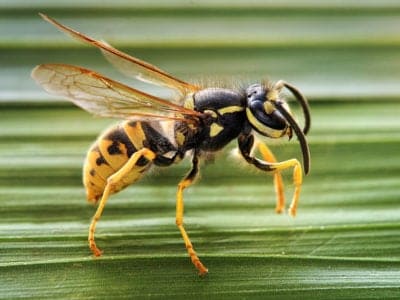
Wasp
There are around 75,000 recognised species!
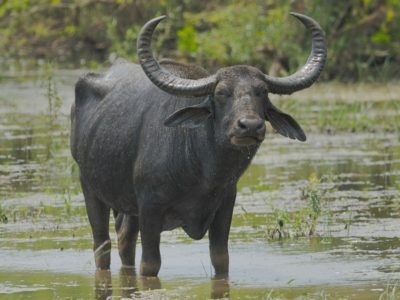
Water Buffalo
Has been domesticated for thousands of years!
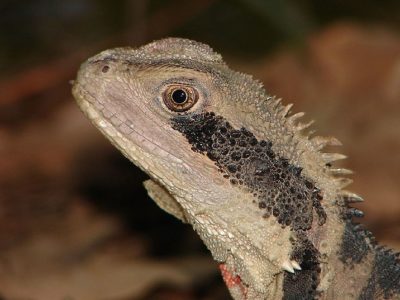
Water Dragon
Spends most of it's time in the trees!
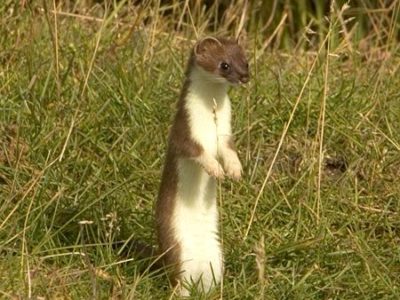
Weasel
The smallest carnivorous mammal in the world!
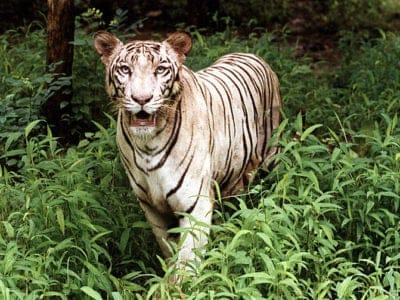
White Tiger
None have been seen in the wild for 50 years!
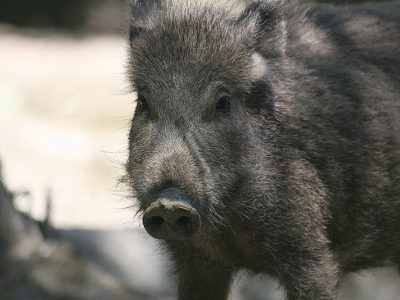
Wild Boar
Males have a top tusk to sharpen the bottom one!
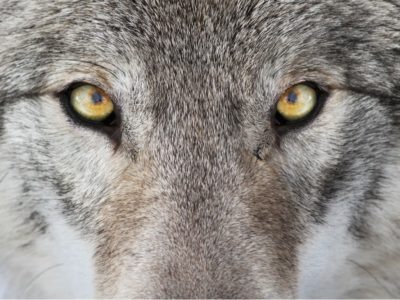
Wolf
Thought to date back more than 300,000 years!
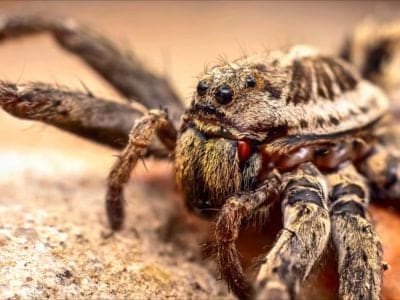
Wolf Spider
Carnivorous arachnid that hunts its prey.
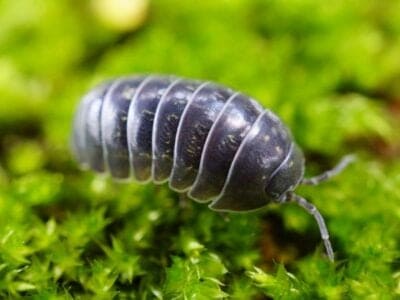
Woodlouse
This animal can roll up into a ball
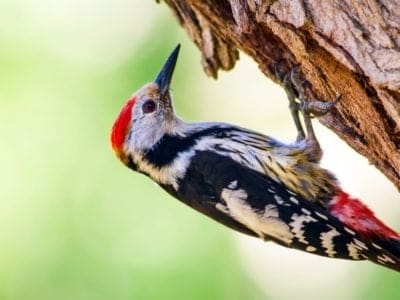
Woodpecker
There are 200 different species!
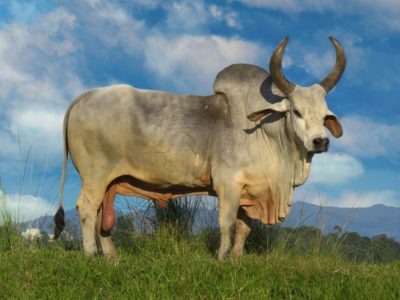
Zebu
There are around 75 different species!
Borneo Animals List
- Admiral Butterfly
- Ant
- Antelope
- Armyworm
- Asian Elephant
- Asian Palm Civet
- Atlas Moth
- Aurochs
- Banana Spider
- Banded Palm Civet
- Barb
- Barn Owl
- Bat
- Bear
- Bed Bugs
- Bee
- Beetle
- Binturong
- Bird
- Black Widow Spider
- Bornean Orangutan
- Borneo Elephant
- Bumblebee
- Butterfly
- Camel Cricket
- Cat
- Caterpillar
- Catfish
- Centipede
- Chicken
- Cockroach
- Common Buzzard
- Common House Spider
- Common Spotted Cuscus
- Cormorant
- Cow
- Cow Reticulated Python
- Crab
- Crab-Eating Macaque
- Crab Spider
- Crane
- Cricket
- Crocodile
- Crocodylomorph
- Cuckoo
- Deer
- Dog
- Donkey
- Dormouse
- Dragonfly
- Duck
- Dung Beetle
- Eagle
- Earless Monitor Lizard
- Earthworm
- Earwig
- Eel
- Elephant
- Equatorial Spitting Cobra
- Falcon
- Fire-Bellied Toad
- Firefly
- Fishing Cat
- Flea
- Fly
- Flying Squirrel
- Fox
- Frog
- Fruit Fly
- Gazelle
- Gecko
- Gerbil
- Gibbon
- Glass Lizard
- Glowworm
- Goat
- Golden Oriole
- Goose
- Grasshopper
- Green Bee-Eater
- Hamster
- Hawk Moth Caterpillar
- Hedgehog
- Heron
- Honey Bee
- Hoopoe
- Horse
- Horsefly
- Housefly
- Human
- Huntsman Spider
- Ibis
- Insects
- Jumping Spider
- Kingfisher
- Kissing Gourami
- Ladybug
- Leopard Cat
- Liger
- Lizard
- Long-Eared Owl
- Long-Tailed Tit
- Magpie
- Malayan Civet
- Masked Palm Civet
- Mayfly
- Mealybug
- Millipede
- Mole
- Mongoose
- Mongrel
- Monitor Lizard
- Monkey
- Moorhen
- Moth
- Mourning Gecko
- Mouse
- Mule
- Neanderthal
- Nematode
- Newt
- Nightingale
- Orb Weaver
- Otter
- Owl
- Ox
- Parrot
- Peacock
- Pheasant
- Pig
- Pika
- Pipe Snake
- Pond Skater
- Porcupine
- Proboscis Monkey
- Quail
- Rabbit
- Rat
- Rat Snakes
- Redback Spider
- Reticulated python
- Rhinoceros
- River Turtle
- Robin
- Rodents
- Rooster
- Salamander
- Scorpion
- Sea Eagle
- Seahorse
- Sheep
- Shrimp
- Skunk
- Slow Worm
- Smokybrown Cockroach
- Snail
- Snake
- Sparrow
- Squirrel
- Stick Insect
- Stoat
- Sun Bear
- Swallowtail Butterfly
- Swan
- Tapir
- Tarantula Hawk
- Tarsier
- Termite
- Tiger Beetle
- Tortoise
- Tree Frog
- Turtles
- Vinegaroon
- Viper
- Vulture
- Wasp
- Water Buffalo
- Water Dragon
- Weasel
- White Tiger
- Wild Boar
- Wolf
- Wolf Spider
- Woodlouse
- Woodpecker
- Zebu
Animals in Malaysia (Northern Borneo) FAQs (Frequently Asked Questions)
What types of animals live in Borneo?
Malayasian wildlife includes the Asian Elephant, the Borneo Pygmy Elephant, the Clouded Leopard, the Sun Bear, the Malayan Tiger, the King Cobra, the Malayan Civet, and the Atlas Moth.
What dangerous animals live in Borneo?
There are several dangerous animals that live in Borneo, including many venomous snakes and several large cats. Malaysia is home to Pit Vipers, Cobras, Leopards, Tigers, and Crocodiles.
What animals live in the Malaysian rainforest?
In addition to several hundred bird species, the rainforest of Borneo is home to a plethora of wildlife, including Orangutan, Clouded Leopard, rhinoceros, Gibbon, Sun Bear, and the Borneo Pygmy Elephant.
Are there Gorillas in Borneo?
The only Gorillas in Malaysia are to be found in its zoos, as none are native to the country.



